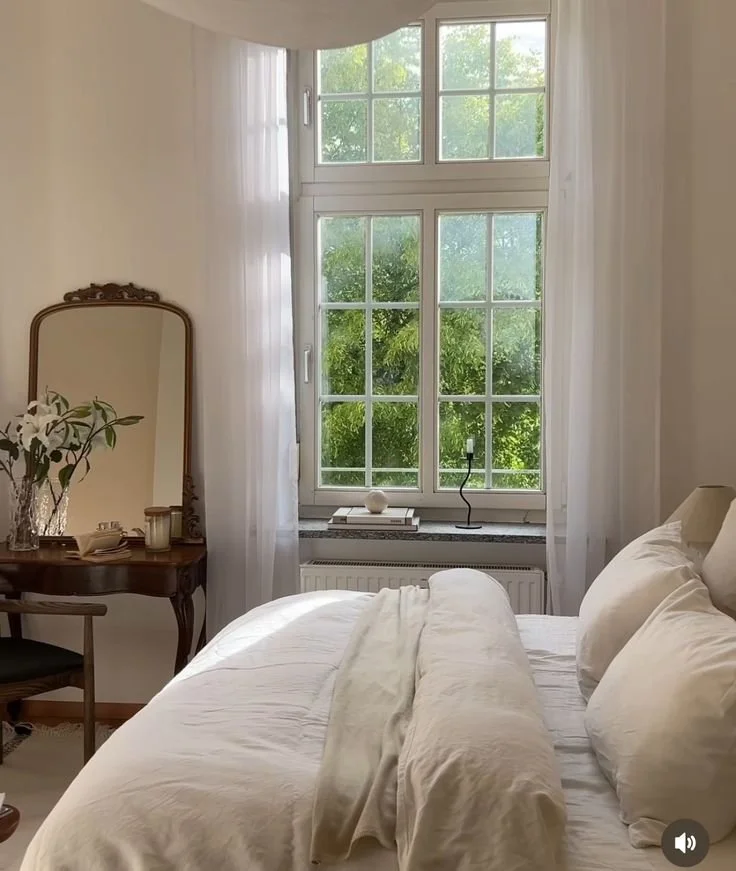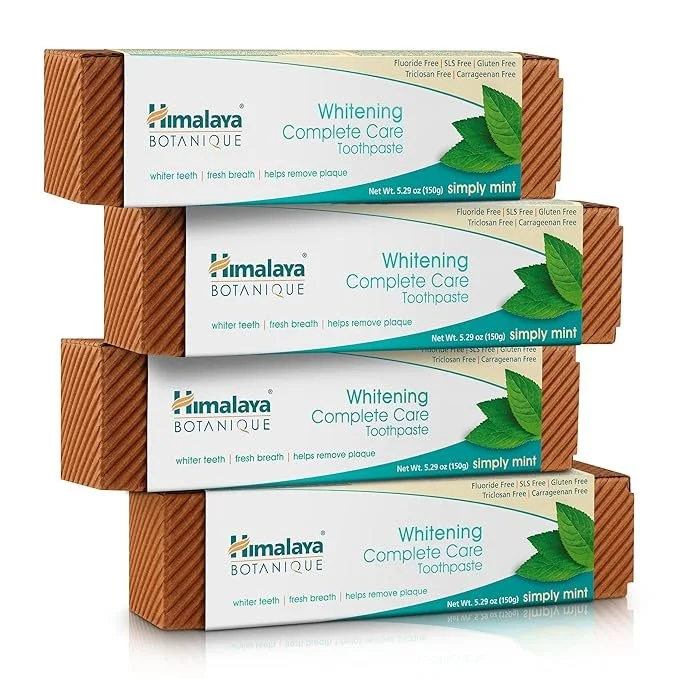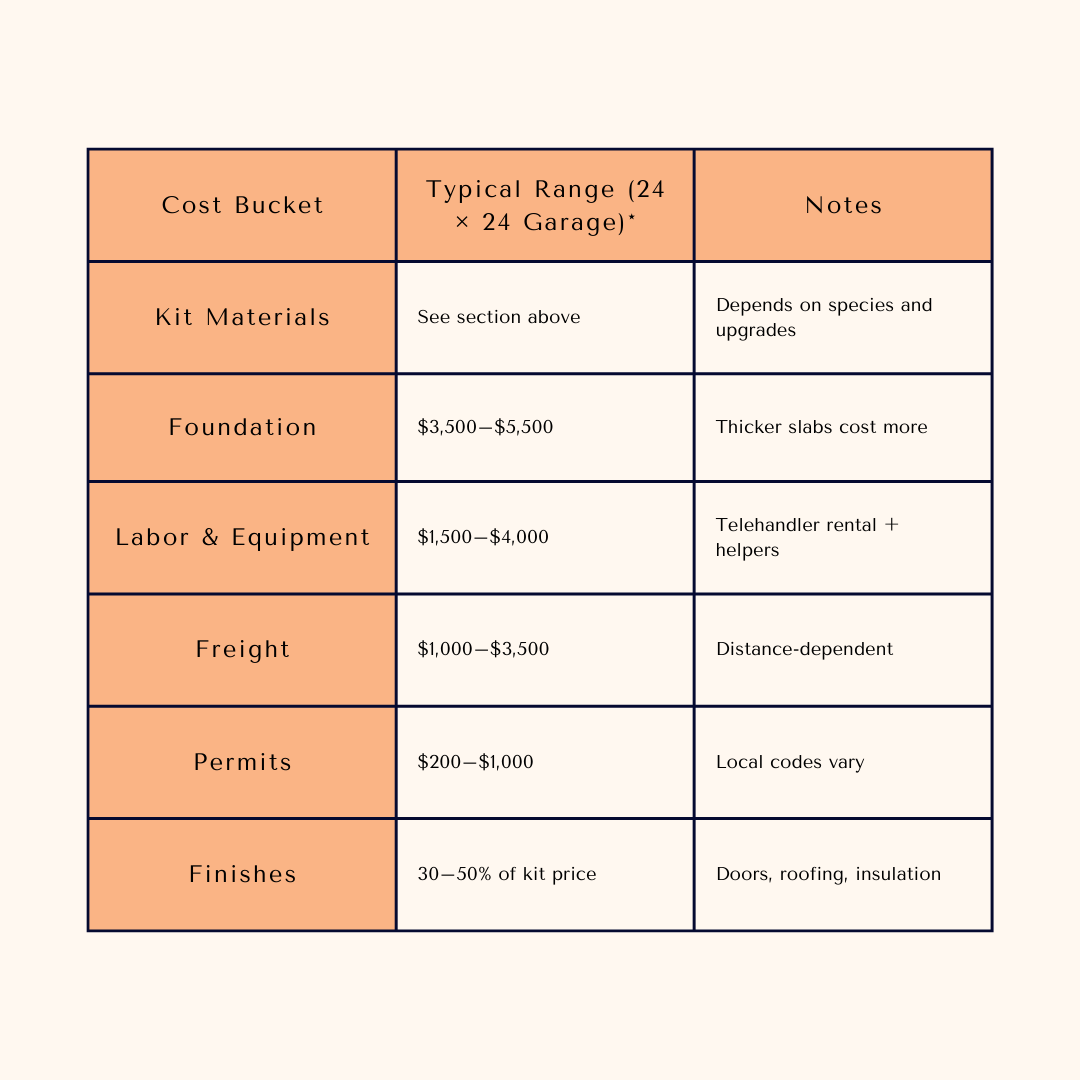Mental health is an increasingly important topic in today’s world, especially when it comes to children and adolescents. According to recent figures published by The Global Statistics, approximately 21% of American youth aged 3 to 17 have been diagnosed with a mental health condition. These conditions may include emotional, behavioral, or developmental disorders, and they often fall under a broad and complex umbrella.
For parents, watching a child struggle with their mental health can be both heartbreaking and overwhelming. You want to help, to protect, to fix—but knowing the right course of action isn’t always clear. The emotional toll it takes on the entire family can be immense, and navigating this journey requires patience, understanding, and the right tools.
In this article, we’ll offer practical, compassionate advice to help you support your child through mental health challenges. Whether you're parenting a young child showing early signs of emotional distress or a teenager navigating anxiety, depression, or other concerns, these tips are designed to guide you through this difficult time with empathy and clarity.
No. 1
Don’t Try to “Fix It” Immediately
As a parent, your instinct is to solve problems and protect your child from pain. However, when it comes to mental health, the solution isn’t always immediate—or even within your control.
Why This Matters:
Trying to “fix” things can invalidate your child’s emotions.
It may make them feel misunderstood or dismissed.
Mental health is not a problem to be solved overnight—it’s a journey.
What You Can Do Instead:
Listen actively without judgment or interruption.
Validate their feelings by acknowledging their pain and experiences.
Be present—sometimes, just being there is the most powerful support you can offer.
Your role isn't to erase their struggle, but to walk beside them through it.
No. 2
Stay Consistent in Your Behavior and Reactions
Children experiencing mental health challenges often feel like their world is unpredictable. In these moments, consistency from parents becomes a powerful anchor.
How to Stay Grounded:
Maintain routines as much as possible—meals, bedtime, and daily structure offer comfort.
Regulate your own emotions during difficult conversations or outbursts.
Avoid reacting with anger or frustration, even when your child is acting out.
Model Healthy Coping:
Show them how to manage stress through breathing techniques, journaling, or taking breaks.
Let them see you handle emotions constructively, which teaches them by example.
Your calm presence can provide the stability they desperately need.
No. 3
Explore Support Options and Professional Resources
You don’t have to go through this alone—and neither does your child. There are numerous mental health resources for children and families that can offer guidance, therapy, and community support.
Where to Begin:
Consult your pediatrician or family doctor to discuss symptoms and next steps.
Consider speaking with a child psychologist vs child therapist—understanding the difference can help you choose the right path.
Explore local and national mental health organizations that specialize in youth support.
Additional Support Avenues:
Support groups for parents and children
School counselors and educational psychologists
Charities and nonprofits focused on child mental health
Therapeutic environments or wellness retreats for children in crisis
Getting help is not a sign of weakness—it’s a courageous and necessary step toward healing.
Headspace
Headspace helps you create life-changing habits through actionable tools to support your mental health and find a healthier, happier you.
Try it for free!
No. 4
Encourage Open Communication at Home
Creating a home environment where talking about emotions is normal can make a significant difference in your child’s ability to express themselves.
How to Foster Dialogue:
Use open-ended questions like “How are you feeling today?” or “What’s been on your mind lately?”
Share your own feelings in a calm, age-appropriate way to model openness.
Avoid pushing for answers—let them talk when they’re ready.
Other Trusted Adults Matter Too:
If your child prefers to talk to a friend’s parent, aunt, uncle, or teacher, encourage it.
The goal is connection, not control—what matters most is that they feel heard.
Talking is healing—even if the conversation isn’t with you.
No. 5
Remember: Your Support Makes a Difference, Even When It Doesn’t Feel Like It
Supporting a child through mental health struggles is emotionally taxing. You may feel helpless, frustrated, or even guilty. But your presence, patience, and unconditional love are powerful tools in their healing process.
What to Keep in Mind:
You won’t always have the answers—and that’s okay.
Your child may not show appreciation now, but your efforts are not in vain.
Every moment of support, every calm conversation, every hug matters.
You are their safe space. That alone is a profound source of healing.
Takeaways
Mental health challenges in children are more common than many realize, and the journey to wellness is rarely linear. As a parent, your role is not to have all the answers but to offer steady, compassionate support while seeking the right resources and professional guidance.
In this article, we’ve explored actionable ways to support your child through mental health difficulties:
Let go of the need to “fix” everything.
Provide consistency and model healthy behavior.
Seek professional help and explore support networks.
Encourage open, judgment-free communication.
Trust that your support is making a difference—even when it’s not immediately visible.
By showing up with empathy, patience, and a willingness to learn, you are already doing one of the most important things a parent can do: being there. And that, more than anything, can help your child find their way through the darkness and back into the light.
Looking for Wellness resources?
Are you looking to enhance your wellness routine? Explore our wellness partners who offer a wide range of resources to support your journey toward holistic living and well-being.



































































































































































































